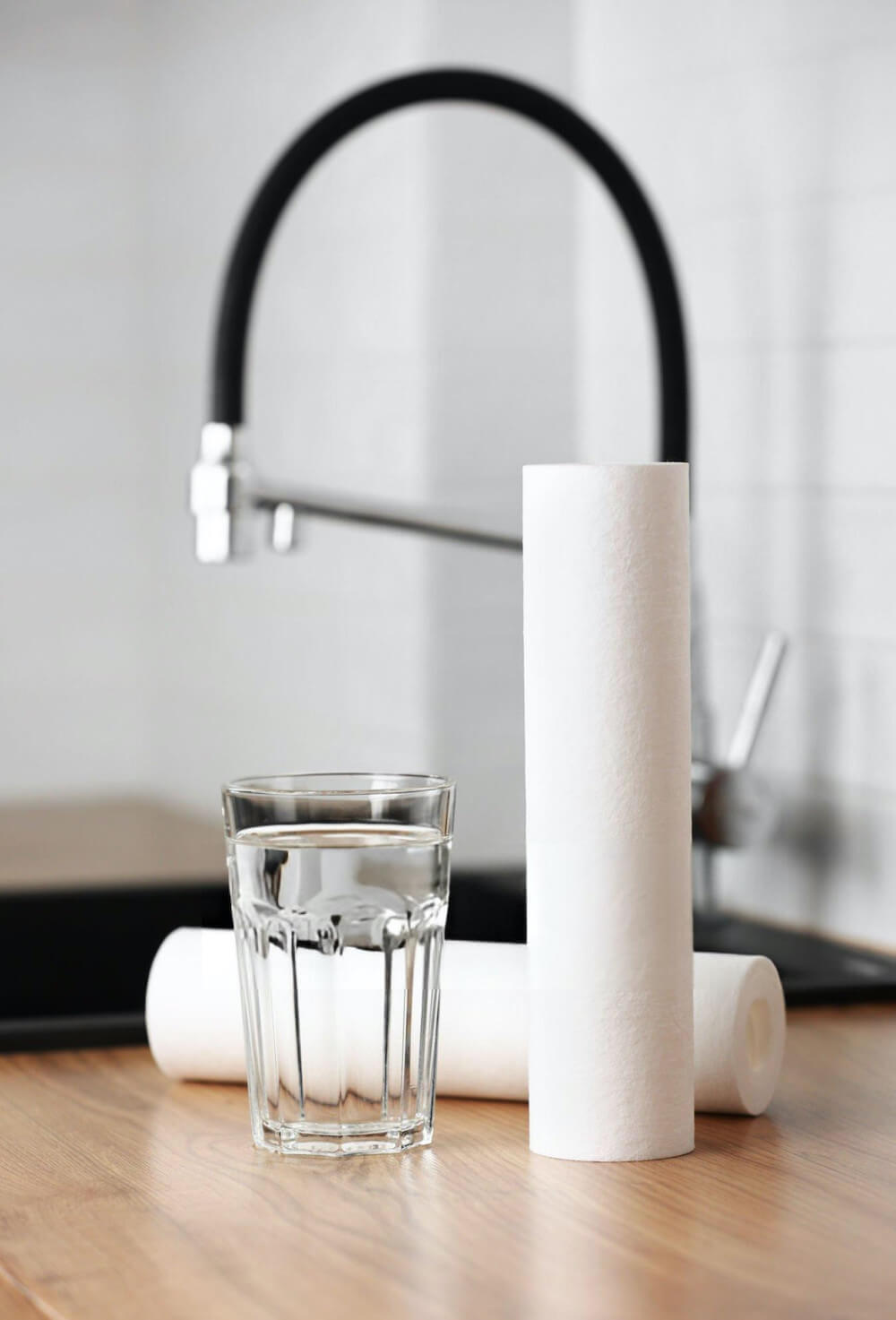
FAQs
Get answers to common questions about our services and solutions for a smooth, worry-free experience.
What are PFAS and forever chemicals?
PFAS (also called “forever chemicals”) are a group of manufactured chemicals used in industry and consumer products since the 1940s due to their unique properties. There are thousands of PFAS, some more widely studied and used than others.
Perfluorooctanoic Acid (PFOA) and Perfluorooctane Sulfonate (PFOS) are two of the most widely studied and used PFAS chemicals. In recent years, these have been replaced in the U.S. with other PFAS alternatives.
A major concern is that many PFAS break down very slowly and can accumulate in humans, animals, and the environment over time.
PFAS National Primary Drinking Water Regulation
On April 10, 2024, the EPA announced the final National Primary Drinking Water Regulation (NPDWR) for six PFAS. To finalize this rule, the EPA evaluated over 120,000 public comments and conducted extensive stakeholder engagement. The final rule is expected to prevent PFAS exposure in drinking water for approximately 100 million people, avoid thousands of deaths, and reduce tens of thousands of serious PFAS-related illnesses.
The EPA is also providing unprecedented funding to ensure clean, safe water for everyone. $1 billion from the Bipartisan Infrastructure Law will help states and territories implement testing and treatment in public water systems and assist private well owners in addressing PFAS contamination.
The NPDWR establishes legally enforceable Maximum Contaminant Levels (MCLs) for six PFAS: PFOA, PFOS, PFHxS, PFNA, and HFPO-DA, as well as PFAS mixtures containing two or more of PFHxS, PFNA, HFPO-DA, and PFBS using a Hazard Index MCL to account for combined exposure. The EPA also finalized health-based, non-enforceable Maximum Contaminant Level Goals (MCLGs) for these PFAS.
The EPA provides extensive publicly available resources on PFAS toxicity. Exposure to PFAS at certain levels may lead to adverse health effects, including:
-
Developmental effects in fetuses and breastfed infants (low birth weight, accelerated puberty, skeletal variations)
-
Cancer (testicular, kidney)
-
Liver damage
-
Immune system effects (impaired antibody production)
-
Thyroid dysfunction
-
Other health impacts such as cholesterol changes
How does the whole house system’s PFAS reduction compare to the recent EPA Regulation?
On April 10, 2024, EPA announced the final National Primary Drinking Water Regulation (NPDWR) for six PFAS (forever chemicals). Our POE systems are certified by IAPMO to NSF/ANSI Standard 53, 2022 (20 ppt).
Comparison: EPA NPDWR to Ultrafiltration Certified Product Test Results
Will the system remove beneficial minerals from my water?
No, magnesium and calcium will remain in your water supply.
What certifications does our system have?
Certified by IAPMO R&T to ANSI/NSF:
-
Standard 42 – Drinking Water Treatment Unit – Aesthetic Effects: Particulate, Chlorine, Scale
-
Standard 53 – Water Treatment Product – Health Effects: PFAS @ 20 ppt (NSF/ANSI 2022 standard testing)
-
Standard 61 – Drinking Water System Components – Health Effects
-
Standard 372 – Lead Free Water Filtration Product
-
California Water Boards Registered Residential Water Treatment Devices
-
NanoCeram® filters have been 3rd-party lab tested for bacteria, virus, and cyst removal
How often do I need to change the filters in the whole house system?
The answer varies depending on several factors such as how many people occupy your home and how many gallons of water you use daily, weekly, and annually. That being said, the 4.5′ x 20″ system filters should be replaced within 3 to 5 years of initial installation, depending on household water usage.
Can I install the whole house system myself?
Yes, however we HIGHLY recommend that you allow us to have your Filtration System installed by a licensed and bonded professional. The price of installation is included in our sales price, so there’s no financial savings by doing a DIY/self installation. This is for your protection and to satisfy normal conditions set forth by most homeowners insurance policies. Should you still want to proceed with a DIY installation, our company requires that you sign a DIY waiver.
Does this system produce any wastewater?
No, our Whole House filtration system does not produce any wastewater! This is a major advantage over traditional reverse osmosis (RO) systems, which can use up to 75% of incoming water during filtration. Other systems may require flushing to remove contaminants or generate wastewater as a byproduct.
The advanced filtration technology in our system captures contaminants while allowing filtered water to pass through. High-capacity filters make this possible without reducing flow rate, eliminating the need for wastewater disposal. This makes our systems environmentally friendly, efficient, and minimally disruptive to install.
- Our system operates as a closed loop—no water is used to generate filtered water.
- By not requiring a connection to wastewater disposal, installation is simple and non-disruptive.
- Enjoy more drinking water for your money! All incoming water is filtered, so you use every drop you pay for.
Choosing a water filtration system that doesn’t produce wastewater is a smart decision for both your wallet and the environment.

